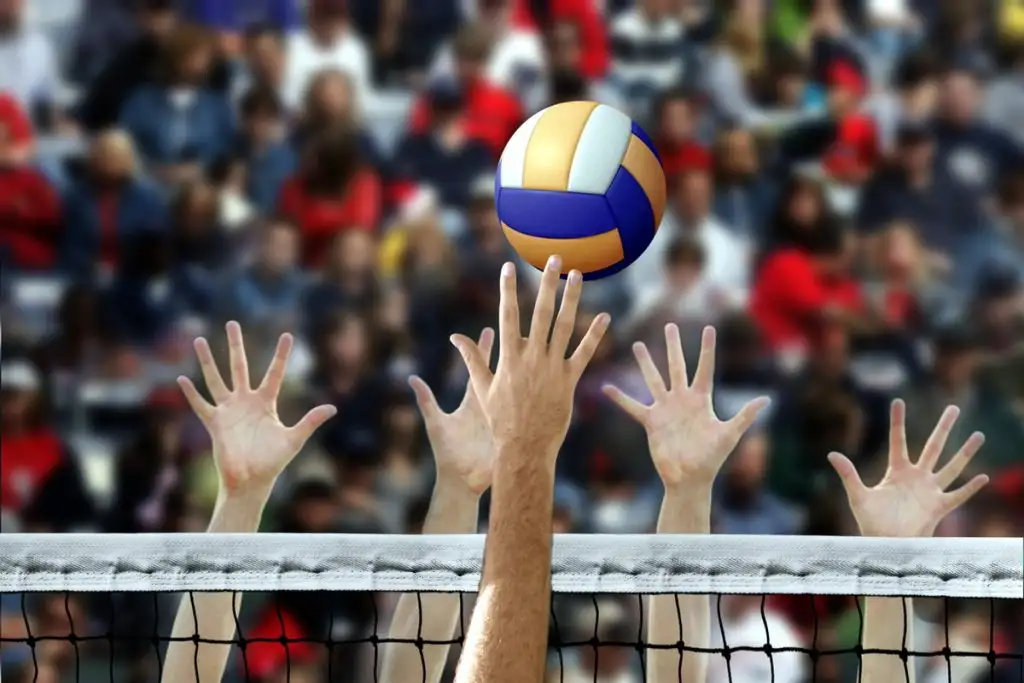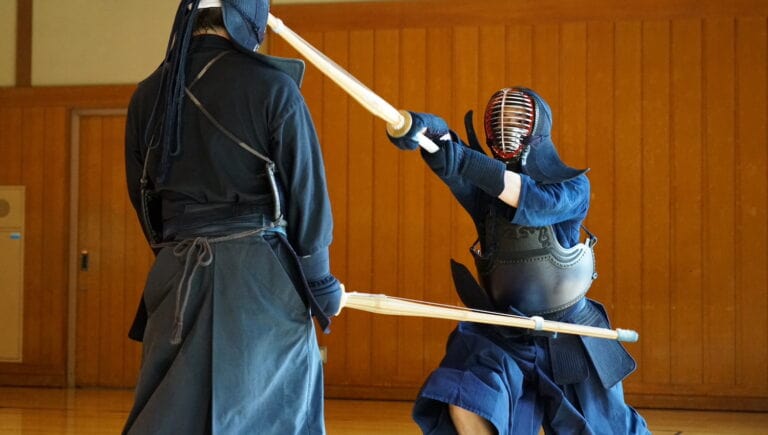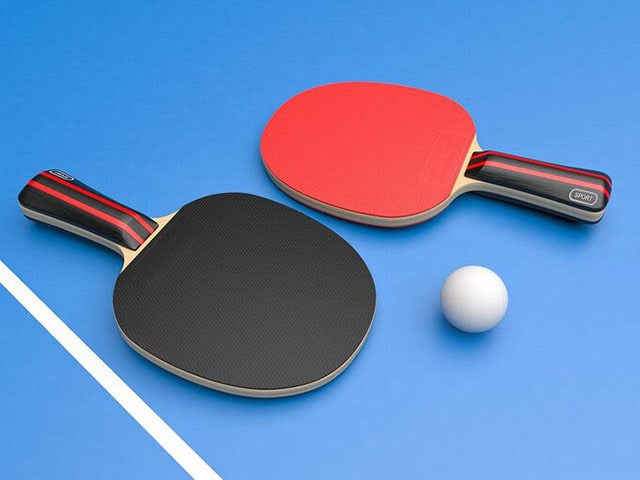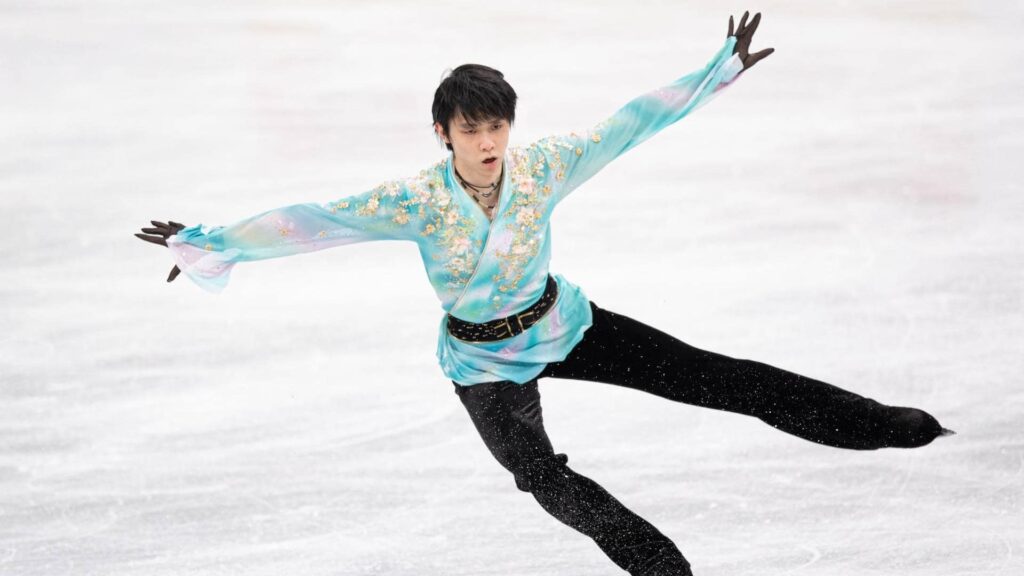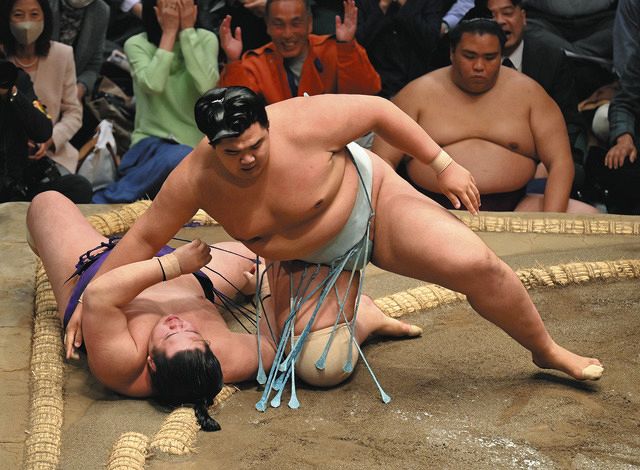
目次
- 1 Sumo glossary
- 1.1 Aiboshi
- 1.2 Aiyotsu
- 1.3 Anko
- 1.4 Ichidai Toshiyori
- 1.5 Itamiwake (distribution of pain)
- 1.6 Eggplant
- 1.7 Abandonment (Ucchari)
- 1.8 Reassurance
- 1.9 arm
- 1.10 Kakukai
- 1.11 type
- 1.12 Kachiage
- 1.13 Gachinko
- 1.14 corner number
- 1.15 petting
- 1.16 decisive factor
- 1.17 Fighting-spirit award
- 1.18 Three prizes
- 1.19 Three roles
- 1.20 four-legged
- 1.21 Shikoname
- 1.22 Juryo
- 1.23 Soppu
- 1.24 Attendance
- 1.25 Tanimachi
- 1.26 bales
- 1.27 old people
- 1.28 Nakairi
- 1.29 West
- 1.30 Japan Sumo Association
- 1.31 cat trick
- 1.32 Hakkeyoi
- 1.33 flower arrangement
- 1.34 Banzuke
- 1.35 Bottle oil (bottsuke oil)
- 1.36 Buchikamashi
- 1.37 frontal
- 1.38 Makuuchi
- 1.39 Makushita
- 1.40 Masu seat
- 1.41 waited
- 1.42 Yumitori style
- 1.43 Yokozuna
- 1.44 Yokozuna deliberation committee
- 1.45 four sumo wrestling
- 1.46 closer
- 1.47 Ryogoku Kokugikan
- 2 At the end
Sumo glossary
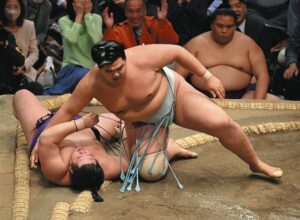
Sumo, a traditional Japanese martial art
It is a competition in which large sumo wrestlers fight while wearing loincloths.
Martial arts are familiar to Japanese people, but may seem new to people overseas.
Sumo is a traditional martial art.
Even among Japanese people, many people do not know the names of techniques and other terms used in sumo.
On this page, we will help you enjoy sumo watching and sumo broadcasts more deeply.
We have posted a sumo glossary that includes a list of sumo terms.
It might be a good idea to take this opportunity to experience Japanese traditional culture.
Aiboshi
This refers to the situation when the scores are tied.
Aiyotsu
This is a term used to refer to initiatives in which both parties have the same skill set, or have reached such a state.
Anko
It refers to a fat sumo wrestler, and its origin lies in the monkfish fish.
Although all sumo wrestlers look overweight, there are many wrestlers with low body fat percentages.
Of course, in sumo, it is more advantageous to be heavy and have muscles rather than just being fat.
Ichidai Toshiyori
A special old man who achieved overwhelming results during his active career and is able to use his shikona even after his retirement.
Normally, in order to become an oyakata, you need to borrow an existing toshiyori name.
Itamiwake (distribution of pain)
This refers to when an opponent is injured during a sumo match and the match ends in a draw.
Eggplant
Instead of facing the opponent’s momentum head on, change it and interact with the opponent. It is also a general term for acts that nullify the power of another person.
Sumo is not just about strength. It is also necessary for sumo wrestlers to acquire techniques to overcome the strength of their opponents.
Abandonment (Ucchari)
One of the deciding factors in sumo wrestling, it refers to a technique in which when a sumo wrestler is cornered to the edge of the ring, he lowers his hips and throws the opponent to the left or right.
Reassurance
This is a technique in which when your opponent grabs your mawashi, you tighten your armpits and push up your opponent’s hand from below.
arm
This is a word that refers to the upper arm.
Kakukai
This is an expression that refers to the entire world of sumo.
type
This refers to the pose that a yokozuna performs when entering the ring. There are two poses: Unryu type and Shiranui type.
Kachiage
This refers to the action of colliding upward from the chest in order to push the opponent’s center of gravity upwards.
Your opponent’s upper body will be in a raised position, making it easier to create an opening.
Gachinko
This word refers to a serious game or a serious effort, and is derived from the sound “gachin” that is made when hitting with all your might.
Nowadays, it is used not only in martial arts but also in general society.
corner number
Refers to a wrestler whose rank will be lowered if he loses.
petting
This refers to a senior wrestler giving training to a junior wrestler.
Excessive petting is considered a problem and is sometimes reported on the news.
Even though it is a martial art, you should avoid causing serious damage to your body and mind while practicing.
decisive factor
This refers to the technique used by the winning sumo wrestler at the end of a sumo match.
Fighting-spirit award
This is one of the three prizes in sumo, and is an award given to a sumo wrestler who is full of courage and fighting spirit.
Three prizes
These three awards are given to makuuchi sumo wrestlers who have achieved superior results other than yokozuna and ozeki at the Grand Sumo Tournament.
There are awards for distinguished service, bravery, and skill.
Three roles
It refers to ozeki, sekiwake, and komusubi.
four-legged
This refers to the warm-up exercise that sumo wrestlers perform in the ring.
Raise your legs to the side and lower them to the ground
Shikoname
Refers to the individual names of sumo wrestlers.
Juryo
It is one of the rankings and refers to the position below makuuchi or makushita or higher.
The official name is the tenth one.
Soppu
A term used to refer to sumo wrestlers who are muscular and lean.
In sumo, it is advantageous to be heavier, but since it is a sport of pushing each other, muscles are also needed.
Attendance
This refers to the state immediately after sumo starts.
Tanimachi
Refers to the supporters who support the sumo wrestlers. It’s a word used not only in the world of sumo, but in all industries.
bales
A bag made of straw woven into a round shape, and in sumo wrestling it is called a dohyo because it is filled with soil.
old people
It refers to the master and indicates the position of the official in sumo.
Nakairi
This refers to the period from the end of the Juryo fight until the appearance of Makuuchi sumo wrestlers.
West
The difference between east and west in banzuke originates from the Edo period, when sumo wrestlers were divided into east and west.
Japan Sumo Association
A sumo wrestling organization founded in 1925, it consists of a chairman and several directors. In 2014, it became a public interest incorporated foundation.
cat trick
This refers to a method of deceiving the other person’s eyes and blinding them by clapping both hands during a confrontation.
Hakkeyoi
It is a shout in sumo wrestling, but there are various theories about its meaning.
It is generally said that it refers to the eight iconography representing the Chinese “Eight Trigrams”, but the truth behind this remains unknown.
flower arrangement
It refers to the path that sumo wrestlers take to enter the ring.
It’s the same as the flower path in boxing and professional wrestling.
Banzuke
In sumo wrestling, this refers to the ranking of sumo wrestlers based on their performance.
Bottle oil (bottsuke oil)
This is a hair styling agent for fixing the topknots of sumo wrestlers.
Buchikamashi
It refers to a physical collision.
The beginning of the meeting is thrilling because it easily bleeds when the enlarged forehead collides with the forehead.
frontal
One of the ranks of sumo wrestlers, which collectively refers to yokozuna and makuuchi sumo wrestlers below san’yaku.
Makuuchi
It refers to one of the ranks among sumo wrestlers of Juryo and above.
Makushita
It refers to one of the ranks among sumo wrestlers of Juryo and below.
Masu seat
A type of spectator seating in sumo, referring to group seating divided into rectangles.
waited
This refers to not starting a match during a sumo match due to reasons such as not being able to use the hands together or the timing being inappropriate.
Sumo starts without a referee’s whistle or call, but instead is done in synchronization with each other.
Yumitori style
It is a ceremony in which a sumo wrestler receives a bow on the ring in place of the winner of the knot after all the matches at the main sumo tournament have been completed.
Yokozuna
This is the highest rank in the ranking of sumo wrestlers.
Sumo wrestlers below Yokozuna are subject to demotion, but Yokozuna does not have that restriction.
Normally, if a sumo wrestler with the rank of ozeki wins two consecutive tournaments, he is given the right to be promoted to yokozuna.
Yokozuna is much the same as a champion in other martial arts.
Yokozuna deliberation committee
This is a committee that deliberates on whether a sumo wrestler who has achieved excellent results is suitable for yokozuna, and has the authority to certify an ozeki as yokozuna if two-thirds or more of the members present agree.
four sumo wrestling
This is a form of sumo in which both wrestlers put their arms under each other’s sides.
closer
It refers to attacking by taking advantage of the opponent wrestler.
Ryogoku Kokugikan
A venue for holding sumo wrestling in Tokyo owned by the Japan Sumo Association.
Occasionally, entertainment activities such as martial arts are held.
Watch sumo in Japan! Speaking of which, Ryogoku Kokugikan is the most famous place.
At the end

By now, I’m sure you’ve come across a lot of terms that you’re unfamiliar with.
Sumo is a traditional culture with a long history and is also Japan’s national sport.
An increasing number of young Japanese people say they are not interested in sumo.
In order to protect important traditions
It might be a good idea to take a look at the depth and fun of the sport of sumo through sumo broadcasts!
